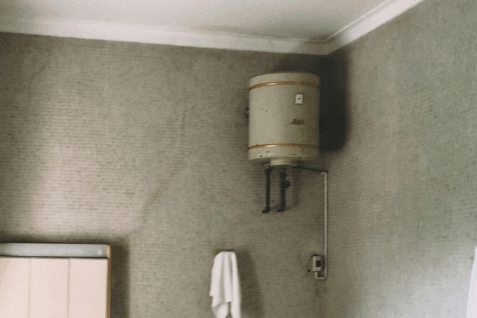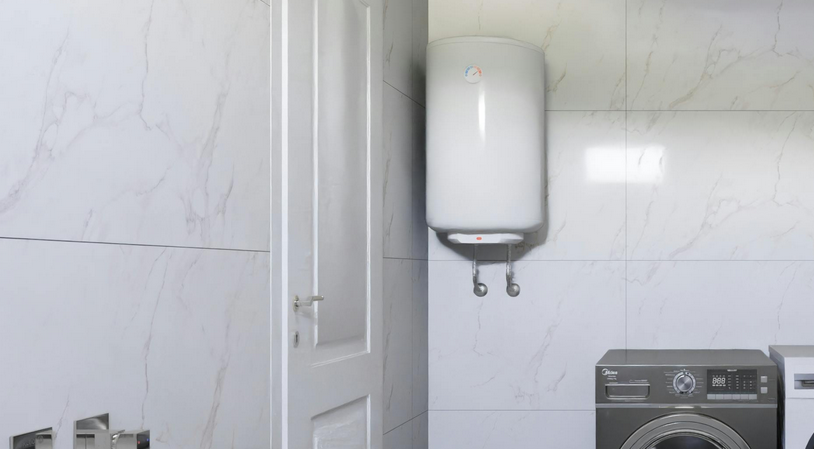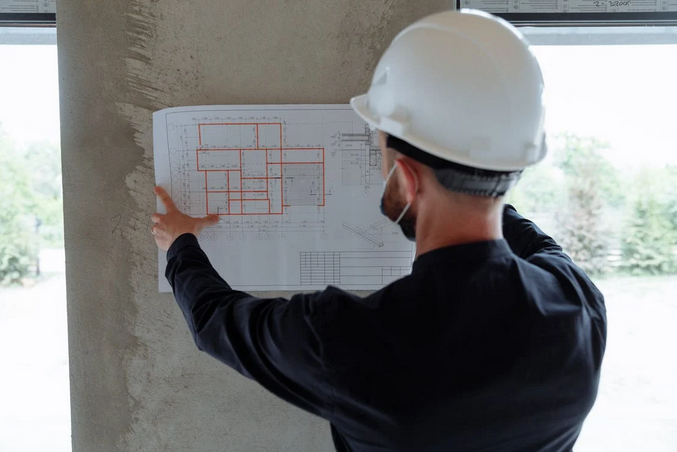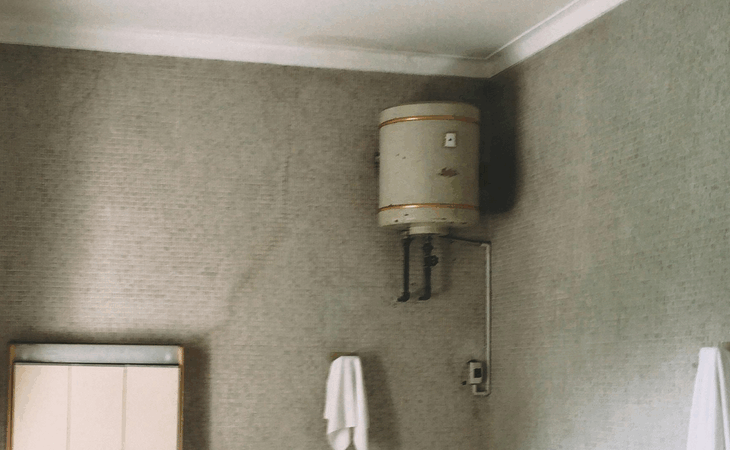
How Much Does Water Heater Tank Replacement Cost?
Replacing a water heater tank is a significant home maintenance decision that comes with both short-term costs and long-term benefits. Whether your current unit is leaking, inefficient, or simply outdated, understanding the expenses involved can help you plan and budget more effectively. The total cost of replacement depends on several factors, including the size of the unit, labor charges, and any additional components that may be required. For example, installing an expansion tank is often necessary to manage pressure changes and ensure the longevity of your new system. Being informed about these costs can help you make the best choice for your home and avoid surprises. Here’s what to expect when budgeting for a water heater tank replacement.
Average Cost of the Tank Itself
The price of the water heater tank will depend on its size, type, and energy source. For a standard 40- to 50-gallon tank, costs generally range from $400 to $1,600. Electric models are typically more affordable, while gas heaters are slightly more expensive due to the additional venting components. If you’re considering a high-efficiency model or one with advanced digital controls, be prepared to pay more upfront for long-term savings.
Installation and Labor Charges
 Professional installation is essential not only for safety but also for compliance with local building codes. Labor costs vary by region, but on average, you can expect to pay $500 to $1,000 for installation. This includes removing the old tank, setting up the new unit, making necessary connections, and ensuring everything is up to code. If your home requires major plumbing or electrical modifications, that price can rise significantly.
Professional installation is essential not only for safety but also for compliance with local building codes. Labor costs vary by region, but on average, you can expect to pay $500 to $1,000 for installation. This includes removing the old tank, setting up the new unit, making necessary connections, and ensuring everything is up to code. If your home requires major plumbing or electrical modifications, that price can rise significantly.
Permit and Inspection Fees
In many municipalities, replacing a water heater tank requires a permit and inspection to ensure everything is installed correctly and safely. These fees are usually modest, ranging from $50 to $200, but they are an important part of the process and should be factored into your budget. Skipping this step can lead to fines or complications when selling your home later.
Tankless vs. Traditional Tanks



The total cost of replacing a water heater tank can vary widely depending on your specific needs and home setup. While it’s tempting to focus only on the price of the new unit, labor, permits, and potential system upgrades all contribute to the final bill. Getting multiple quotes and understanding the full scope of the project can help you avoid surprises. In the end, investing in a reliable and energy-efficient water heater will pay off in comfort, safety, and lower utility bills.…










